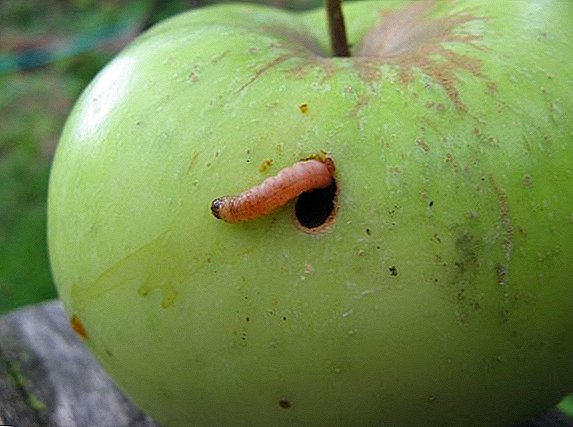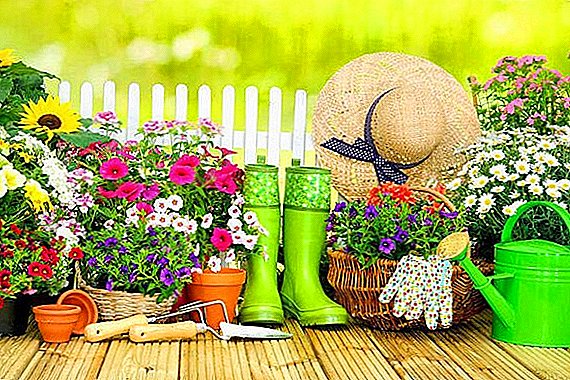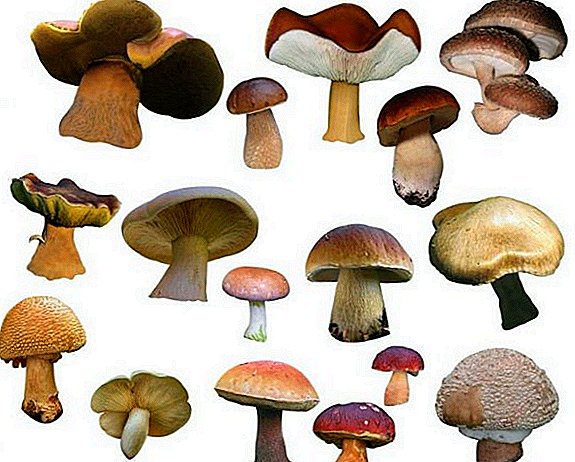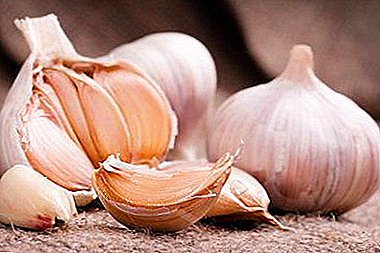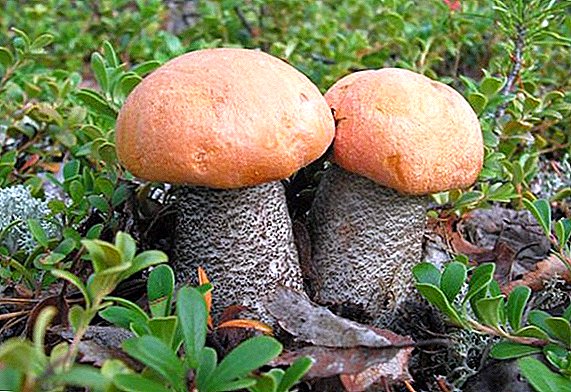
Wallis's Spathiphyllum is an unpretentious plant, well adapted to life in a flower pot. It does not take root much and does not require frequent transplants in a container with a larger soil.
Delicate bract white shade quickly fascinates women. With proper care and suitable for growth conditions, the plant can bloom all year round.
Detailed description and photo
Wallis's Spathiphyllum or flower of female happiness is a perennial plant, characterized by straight cuttings and an original inflorescence. Spathiphyllum of this variety is light-requiring and prefers warm rooms. For optimal growth, the plant needs high humidity and abundant watering.especially in hot, dry weather. The leaves contain a large amount of juice, which helps them not to dry out even in direct sunlight.
The flower is distinguished by large leafy plates painted in a dark green shade. The length of the cuttings varies from 5 to 20 cm, they have a lighter color. The size of the leaves reaches 5 cm in length and about 7 cm in width. In the center of the sheet is the main vein. Peripheral vessels of the plant are pressed into the surface, which leaves folded leaves.
The plant reaches a height of 20-30 cm. The stem is absent, the leaves grow from the rosette. The main root is short, so the spathiphyllum gets its main food due to the side roots. Flowers in the Wallis variety are small. In the center of the inflorescence is an ear of yellow color up to 3 cm long, wrapped in a snow-white narrow bract. At the end of flowering bedspread turns green. Bract length 10 cm.
reference. Evergreen Spathiphyllum Wallis plant belongs to the family Aroid.
Below you will see a photo of this flower:



What is the difference from other representatives?
Wallis's Spathiphyllum differs in its small size and is ideal for growing at home. The plant is not picky to water. Compared with other representatives of its species, the indoor flower grows slowly, but its flowering is abundant and more than compensates for the applied labor. Large leaves have a more intense dark green color.
History of
The discoverer of the plant was Gustav Wallis. A botanist from Germany discovered the plant in the early 19th century during a scientific expedition to Colombia. After he brought a flower to his homeland, the spathiphyllum settled down well in temperate climates and began to spread rapidly.
Gradually, the Wallis plant adapted to the tropics, began to grow in the eastern part of Asia, Polynesia. Hybrids for home growing plants began to withdraw in 1960.
Subsort
| Grade name | Description |
| Claudius | Compared with other varieties of spathiphyllum, Claudius has a small size. The height of the flower does not exceed 30 cm. |
| Chopin | The plant blooms magnificently. Differs large flowers with a wide bract. The size of the leaves does not change. |
| Mozart | A small bush plant has an unusual form of leaves - they are narrow, lanceolate. |
| Macho | Flowers are larger than Chopin. In addition to a wide white blanket has a large ear. |
| Florin | Small rounded leaves. The plant does not grow, therefore it is suitable for narrow window sills and small rooms. |
| Sweet Silvio | Large leaves of dark green color. The variety has a more pronounced aroma of inflorescences. |
Bloom
 The plant begins to bloom at the age of 1.5-2 years. The flowering period lasts from late March to early September. The flowers are yellow spadix wrapped in a white bract. Before flowering in the soil, you should add fertilizers with potassium and phosphorus, because during this period the plant needs more nutrients and moisture. Minerals are responsible for the duration of flowering, enhance the protective properties of the plant.
The plant begins to bloom at the age of 1.5-2 years. The flowering period lasts from late March to early September. The flowers are yellow spadix wrapped in a white bract. Before flowering in the soil, you should add fertilizers with potassium and phosphorus, because during this period the plant needs more nutrients and moisture. Minerals are responsible for the duration of flowering, enhance the protective properties of the plant.
As soon as the flowers bloom add dressing can not be until the end of the flowering period. In the period of appearance of the buds it is necessary to water the plant plentifully. At this time it is necessary to maintain the temperature not lower than + 16 ... + 18 ° С.
What if it does not bloom?
To Wallis's Spathiphyllum to Bloom, the following guidelines should be followed.:
- Buds appear only if the root system fills the pot volume. Therefore, you should not plant a small indoor flower in a large container.
- Do not flood the plant with water. It is necessary to water a spatifillum only after full drying of the soil.
- It is necessary to avoid direct sunlight on the flower. It should be remembered that the plant is light-loving. Therefore, he needs good lighting, you can not put the pot in too dark part of the room. Do not leave the plant in a draft.
- You will need to lift the roots of the plant and touch the soil sticking to them. In some cases, moisture can stagnate in the soil, leading to a weakening of the plant. In such a situation, it is necessary to dry the soil and transplant the plant.
Step-by-step home care instructions
The houseplant does not require special conditions, but for the lush flowering the spathiphyllum needs to follow the subtleties of care.
Choosing a place
A pot with a plant must be placed in a well-lit place, but not in direct sunlight. For an optimal landing site, windowsills are suitable from the east or west side of the house. If there are none, then it is recommended to put a flower in partial shade.
What should be the soil?
 Spathiphyllum soil must pass through some air. You can make a mixture of:
Spathiphyllum soil must pass through some air. You can make a mixture of:
- leafy humus;
- peat;
- expanded clay granules;
- charcoal;
- sand;
- moha sphangum;
- fern roots;
- mineral baking powder.
You can purchase ready-mixed soil, specially designed for the family of Aroid. It is necessary to update the soil every 2-3 years. At the same time, the plant should be transplanted into a pot, the size of which exceeds the previous capacity by 2-3 cm.
Growing up
The soil for growing plants should be loose, so do not press it tightly. In the soil it is recommended to add an equal ratio of leaf soil, humus, sod and coniferous soil. For planting, you can use floral soil.
Before planting, you need to dig a small hole under the roots and carefully place the plant in it. Fertilizers or humus should be sprinkled on top of the root system, after which the plant should be fixed in the ground with the help of soil. As soon as planting is completed, you need to water the plant.
Loose soil will provide air flow to the roots of the plant. For planting in shtamb it is necessary to separate the strongest cuttings, which should be taken by the base and placed perpendicular to the ground. At the same time it is necessary to cut short and weak lateral cuttings.
It is important to ensure that the plant grows evenly. You can tie it to the bar and systematically turn to the sun. Weak leaves need to be trimmed.
Temperature
The optimum temperature of the room in which the plant is located is + 22-25 ° С, maximum + 30 ° С and minimum + 16С °. Temperatures below + 10 ° C are critical.
Watering
It is necessary to water the plant daily in spring and summer. In the autumn-winter period, it is necessary to moisten the soil every 7-10 days. For watering should use water without impurities. Humidity in the room should reach 50-60%. 2-3 times a day to spray the leaves. You can put pallets with wet clay, sand, or use a household humidifier.
Top dressing
Be sure to fertilize the flower year-round, exclude only the period of rest. To make complex mineral fertilizers 2-3 times a month. Before flowering, it is better to use drugs with a high content of phosphorus and potassium.
Pruning
 Plant care includes regular removal of yellowed leaves and inflorescences.
Plant care includes regular removal of yellowed leaves and inflorescences.
It is necessary to stimulate the plant to new flowering. Pruning helps prevent weakened indoor flower. Once every 3-4 months you need to cut off the old and weak leaves. Yellowed or dried tips of the leaves can be cut with scissors to the green part of the plant, which is healthy.
Transfer
Before the beginning of transplantation you should pour plenty of spathiphyllum, cut off the side cuttings. This is necessary for the plant to grow strong and vibrant blooms.
In a new pot, you need to pour a layer of expanded clay granules with a thickness of 2.5-3 cm, then 1-2 cm of fresh substrate. It is necessary to put a spathiphyllum on it and fill the plant with a previously prepared soil mixture. In the void you need to add a substrate.
Soil should be tamped as the filling of the flower pot. If the soil after transplantation is wet, then it is not recommended to water it. In the evening, you can add 2 drops of Appin diluted in a glass of water. The drug will help accelerate the growth and adaptation of the plant.
reference. In the next 2-3 days the plant is not required to be watered.
How to multiply?
The simplest method of reproduction of indoor plants is a method of dividing rhizomes. To properly carry out the procedure, you should use the step-by-step instruction:
- Remove the plant from the pot, clearing the root system of adhering soil by hand, water or using a brush.
- For the planting of new plants should prepare a mixture of peat, sand, humus and fertile soil in the ratio of 2: 1: 2: 2. Shredded charcoal can be added to the pot.
- You need to take a sharp knife and cut the root into several parts in a warm room. On each part of the root should be 2-3 leaves and the point of growth of a new shoot. The latter are formed by shortened stems.
- For planting the separated parts will require a capacity of 10 cm in diameter. The bottom of the pot should be laid claydite.
Diseases and pests
 Despite the high resistance of spathiphyllum flowers to various diseases, houseplant may be attacked by pests:
Despite the high resistance of spathiphyllum flowers to various diseases, houseplant may be attacked by pests:
- spider mites that like dry indoor air;
- cheekbones, eating the base of the leaves;
- aphids.
To combat insects, you can use soap solutions and toxic chemicals. Actillica, Decis and Karbofos can be used as pesticides. At the same time it is necessary to spray both the above-ground part of the plant and the soil in the pot.
To prevent weakening of the plant, the following precautions should be taken:
- use clean watering for temperatures of + 30 ... + 40 ° С;
- it is necessary to independently prepare the soil for the plant, disinfecting each part of the soil and the pot itself with boiling water;
- you need to periodically wash the plant in the shower, removing dust and dirt from the leaves;
- when white deposits appear on the soil surface, the soil in the pot should be replaced;
- spathiphyllum should be fed with mineral fertilizers;
- inspect the leaf surface for insects;
- do not fill the pot with water in order to avoid root rot;
- you can not repot the plant during flowering;
- after 15 minutes after watering, drain the excess water from the pot by the pot;
- Spathiphyllum should be placed in a lighted place, in summer you need to move the plant in partial shade;
- dry parts of the plant must be cut;
- In winter, you need to put the plant pot away from the battery.
Important. Do not overdo it with insect pesticides. The plant can weaken and quickly curl, so before using pesticides you should try to get rid of pests with soap solution.
Wallis's Spathiphyllum - light-loving plant that does not require careful maintenance. At the same time, indoor flower has a good tolerability of diseases. The plant can be a great home interior object.



